
By Todd Davis
I grew up in the state of Indiana where public land is scarce. While I hiked as much of it as I could, from early on my family took trips to other states to backpack and seek out the wild, greater-than-human natural world, places like the Adirondacks in upstate New York or the Appalachian Trail in the Green Mountains of Vermont.
Twenty years ago when I moved to take a job as a professor of Environmental Studies at Penn State, I’d spent very little time in Pennsylvania, skirting its northern edge on trips east. I had hopes, even dreams, of wild spaces, but I couldn’t have conceived the amount of public land the Keystone State held.
With my wife and our two small boys, I settled in at the base of the Allegheny Front between two villages along the Little Juniata River. Within days we discovered near our house tens of thousands of acres of public land and within an hour’s drive even more.
There were streams with brook trout and floodplains with wildflowers that continued to change from the earliest blossoms of spring to the late flowering of August and September. Here was a home for fisher and bear, for porcupine and beaver, for whitetail deer and elk.
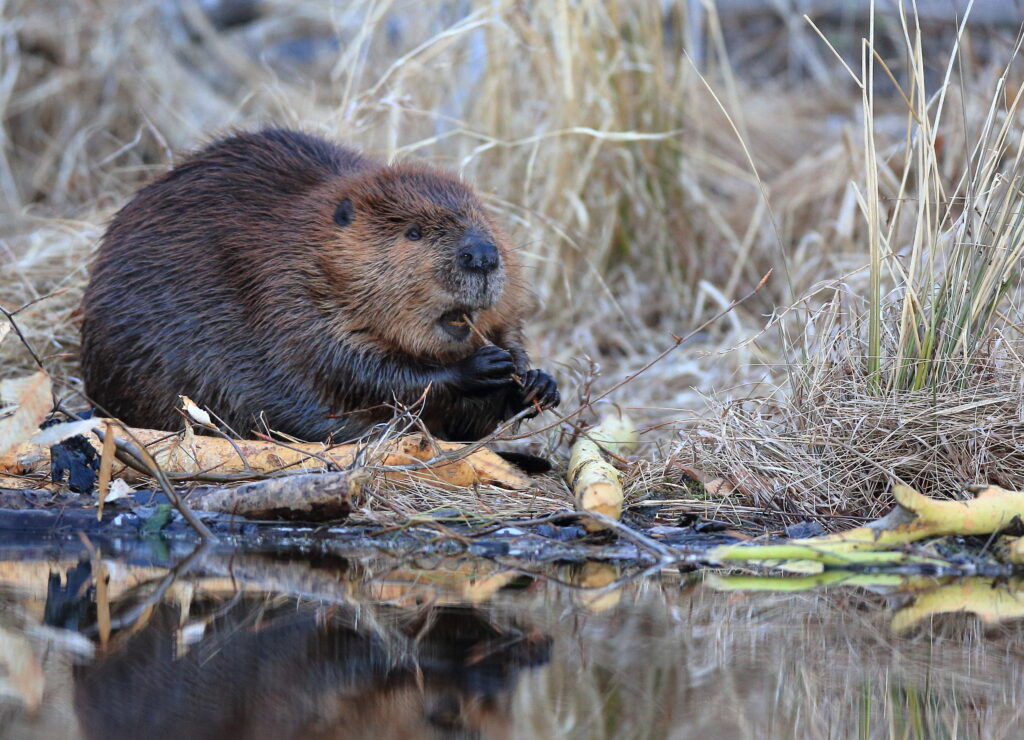
Jeffrey Sidle – Promised Land State Park
I tracked bobcat and coyote in the snows of January. I observed loons migrating through, watching them on a remote pond for an afternoon as they rested, gone the following day. I observed bald eagle as they hunted the streams and rivers of our watershed and listened to the song of the hermit thrush spiral the leafy understory in May and June.
There was so much to fill us, to bring the joy that this form of nature brings in its fecundity. To hear the clack of kingfisher racing above the streambed as I fished, to laugh along with the pileated woodpecker whose drapery of wings open and close as it moves from tree to tree seeking the best food, to peer into the glass of a vernal pond and with the help of a waterproof camera capture images of egg masses, to hunt deer to feed my family healthy meat and help balance the ecosystem, to hike to wild blueberry fields and forage with our boys, to taste and smell and touch the world that sustains us and gives us life…..
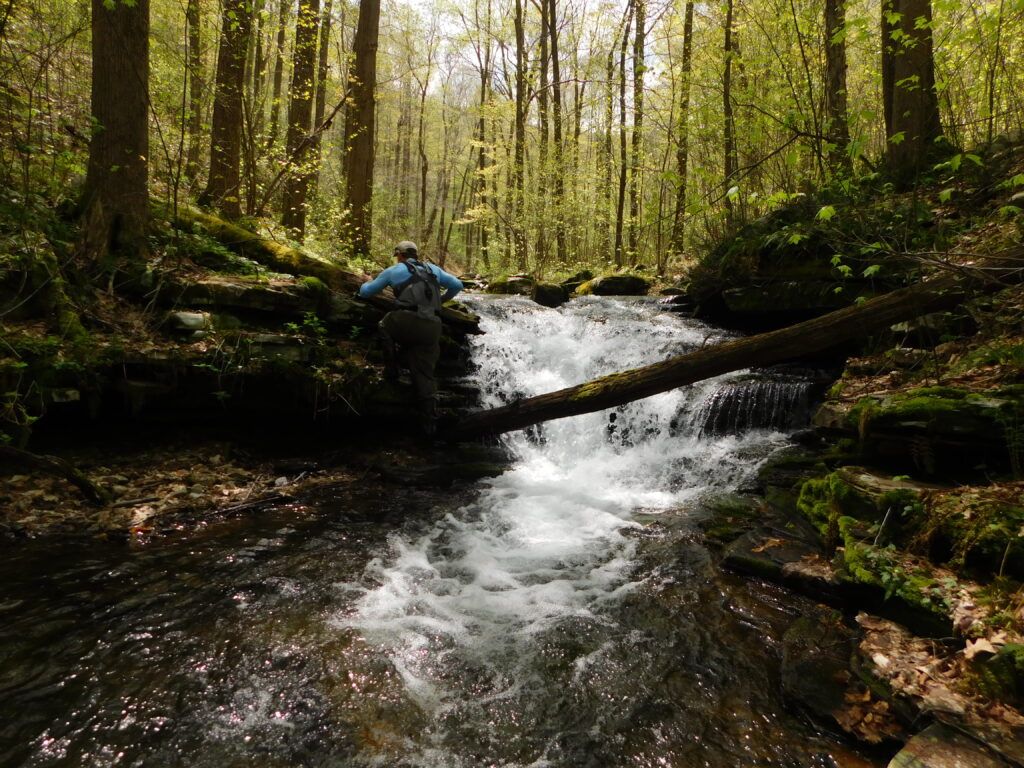
Well, I can only say it’s a form of blessing, a form of grace, and none of it is possible without public lands, state forests and parks. This is a way we share with each other here in Pennsylvania and share with all the other living beings we’re kin to.
If I were a painter, I’d paint these places. But I’m a writer, more exactly a poet. And in my poems, I try to capture moments from my time in the woods and on the water. This is a way of sharing, too, of trying to help others see what I’ve seen, hear or feel what I’ve heard or felt. It’s also a way of inviting the reader to take a walk into a forest or park for themselves, to pay attention to that place, to give thanks for it and to care for it, to get to know and name the world we’ve been gifted.
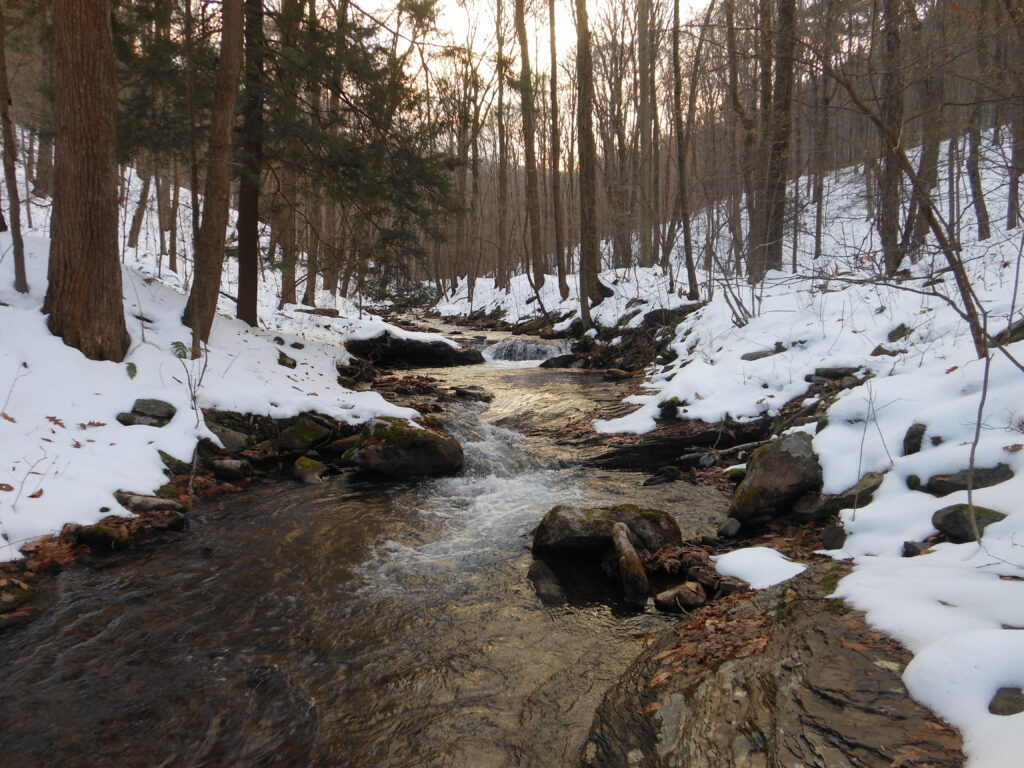
Here are a few poems from my book Winterkill (Michigan State University Press, 2016) that I’d like to share with you. They depict different moments I’ve experienced in Sproul State Forest. I hope they encourage you to take a walk in the woods, to see what you can see, to remember the gifts all around us.
Ash Wednesday
Around eleven I hike the ridge in what’s left
of last night’s wet snow. Overhead golden
eagles are passing up the flyway, while down the hollow
the sound of water seeks the valley floor. Rain will start
from the west tonight, but for now the glossy leaves
of mountain laurel shimmer. Every quarter hour
brings another of these great birds. Climbing
the sharp crease in the ravine, I saw the first
bear tracks of the year, which help me to believe
the dead will rise from the grave.
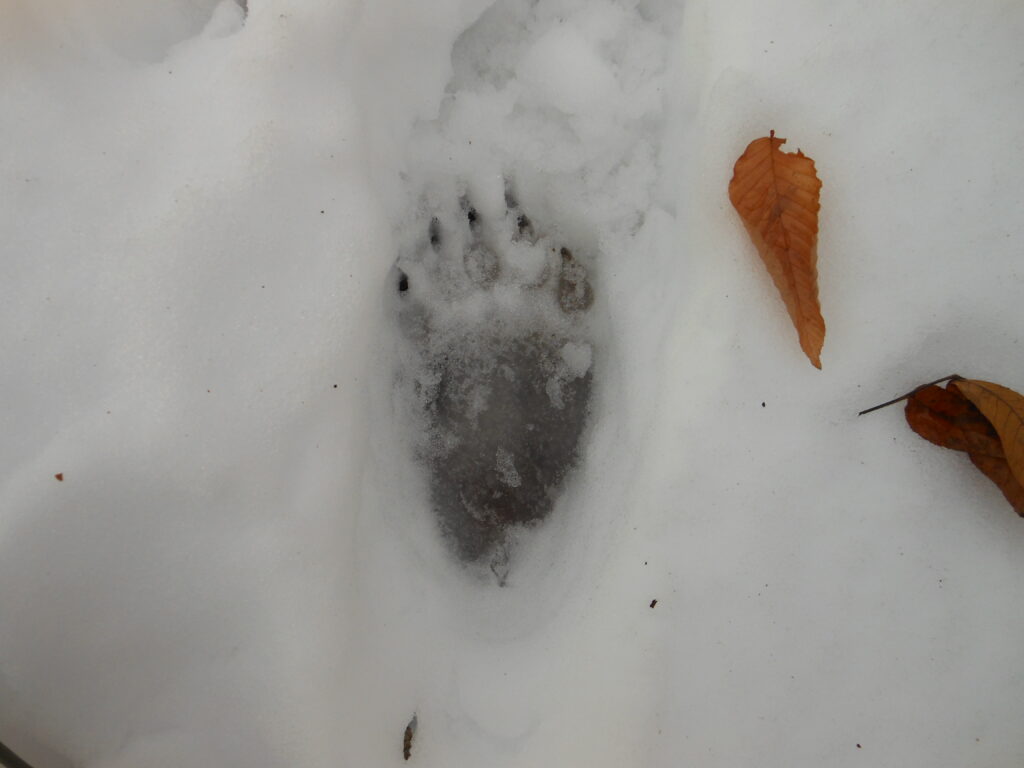
The Light around the Little Green Heron
Cattail, pickerel
weed, the umber
at ridgeline
that envelops
the sun. More hoop
than halo, holy
glowing, like coals
before they cool.
You’d think
these bluegills
that swim
at the bird’s feet
could see
such illumination,
which brings with it
the beautiful threat
of death
from on high.
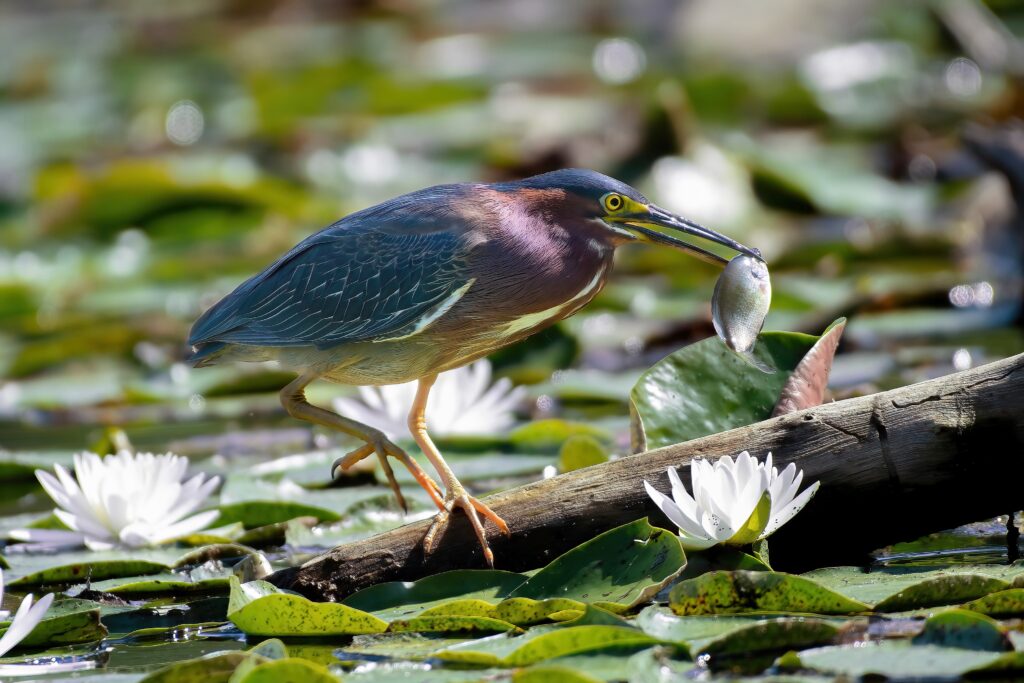
Bruce Walkovich – Canoe Creek State Park
Canticle for Native Brook Trout
Fishing the narrow stream
of light, we follow a seam
between hemlock and sweating
rhododendron, tulip poplar
and white oak that grow
more than a hundred feet tall.
The small fish that have been here
for thousands of years
lay in on flat rock that lines
the streambed, or hide beneath
the shelves where water
pours over fallen trees.
They are nearly invisible,
backs colored like the stone
in the pool where they were born
and where they will die
after giving birth to their own.
The drift of our flies
tempts them, and through
the glass surface we see
their jaws part, predatory
surge ending with a struggle
to be freed from the end
of our lines. Their lives
depend upon the coldness
of water, upon our desire
to touch their bodies,
to marvel at the skin
along their spines: the tan
worm-shaped ovals,
the smallest red circles,
the splash of yellow
and orange that washes
around their bellies
as we release them
and they swim
from our grasp
back into a sliver
of sunlight.
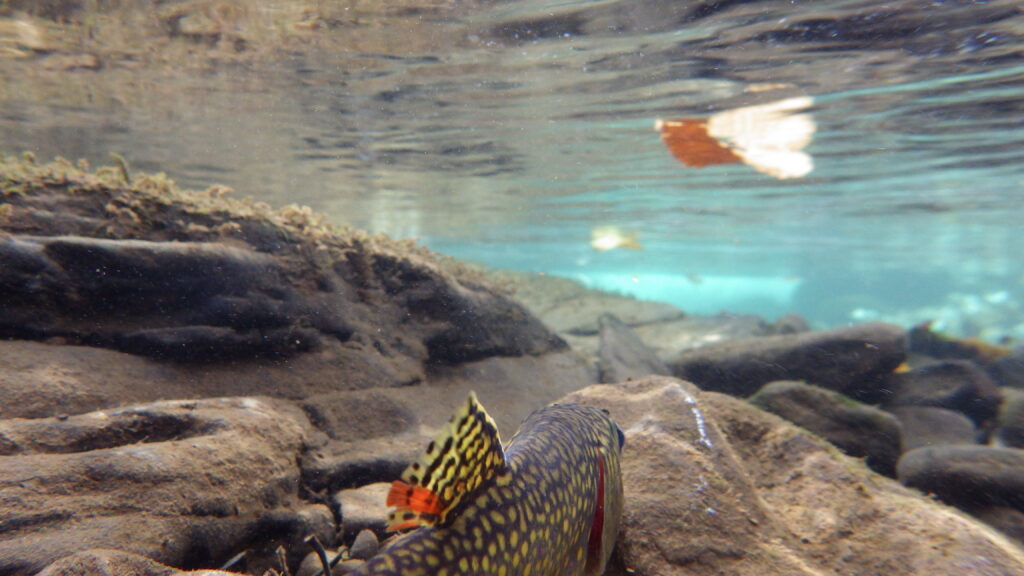
Thieves
We filch
happiness
from the seed
pods of touch-
me-nots,
the explosion
of their husks
as they curl
backward
to expose
the future,
the leap
forward
into dreaming
dust, into
waiting out
winter
with hopes
a speckled
horn
will blossom
and bees
will crawl
inside it
to blow
a coupled
music.
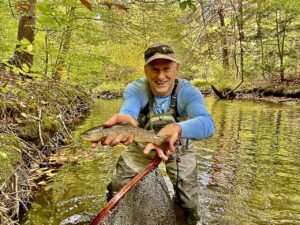 Todd Davis is the author of seven books of poetry, most recently Coffin Honey and Native Species, both published by Michigan State University Press. He has won the Midwest Book Award, the Foreword INDIES Book of the Year Award, and the Bloomsburg University Book Prize. He teaches environmental studies at Pennsylvania State University’s Altoona College and hunts and fishes in the game lands above Tipton, Pennsylvania. Learn more about his work at http://www.todddavispoet.com/.
Todd Davis is the author of seven books of poetry, most recently Coffin Honey and Native Species, both published by Michigan State University Press. He has won the Midwest Book Award, the Foreword INDIES Book of the Year Award, and the Bloomsburg University Book Prize. He teaches environmental studies at Pennsylvania State University’s Altoona College and hunts and fishes in the game lands above Tipton, Pennsylvania. Learn more about his work at http://www.todddavispoet.com/.




